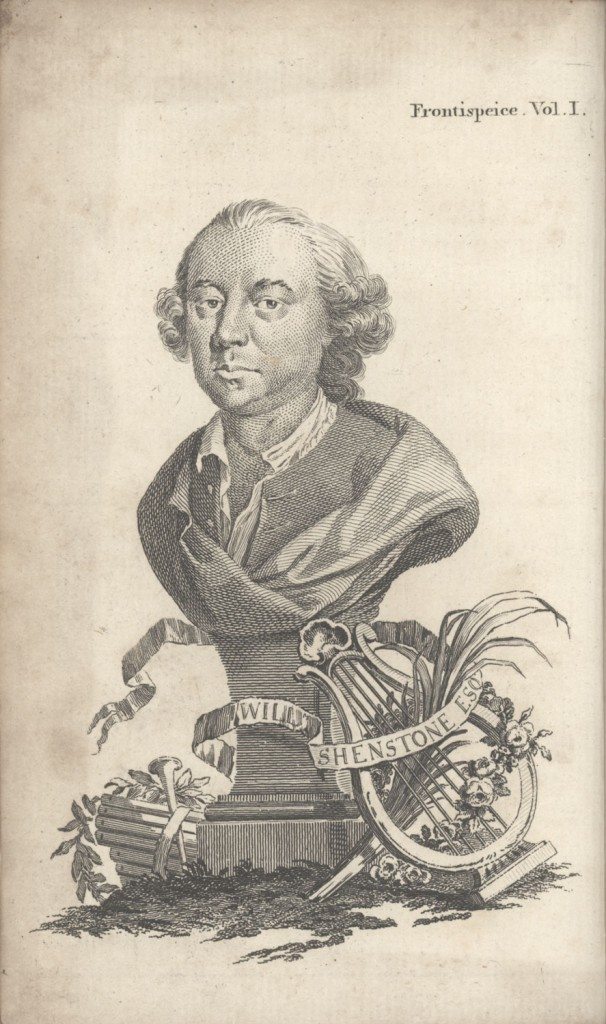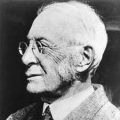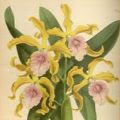William Shenstone
Going Against Garden "Norms"
Today is the birthday of the poet and Landscape gardener William Shenstone, who was born on this day in 1714.
In the early 1740s, Shenstone inherited his family's dairy farm, which he transformed into the Leasowes (pronounced 'lezzoes'). The transfer of ownership lit a fire under Shenstone, and he immediately started changing the land into a wild landscape - something he referred to as an ornamented farm.
Shenstone wisely bucked the trend of his time, which called for formal garden design (he didn't have the money to do that anyway.) Yet, what Shenstone accomplished was quite extraordinary. His picturesque natural landscape included water features like cascades and pools, as well as structures like temples and ruins.
What I love most about Shenstone is that he was a consummate host. He considered the comfort and perspective of the garden from the eye of his visitors when he created a walk around his estate. Wanting to control the experience, Shenstone added seating every so often along the path to cause folks to stop and admire the views that Shenstone found most appealing. Then, he incorporated signage with beautiful classical verses and poems - even adding some of his own - which elevated the Leasowes experience for guests.
After his death, his garden became a popular destination - attracting the likds of William Pitt, Thomas Jefferson, and Benjamin Franklin.
It was William Shenstone who said,
"Grandeur and beauty are so very opposite, that you often diminish the one as you increase the other. Variety is most akin to the latter, simplicity to the former."
This post was featured onThe Daily Gardener podcast:
helping gardeners find their roots,
one story at a time






